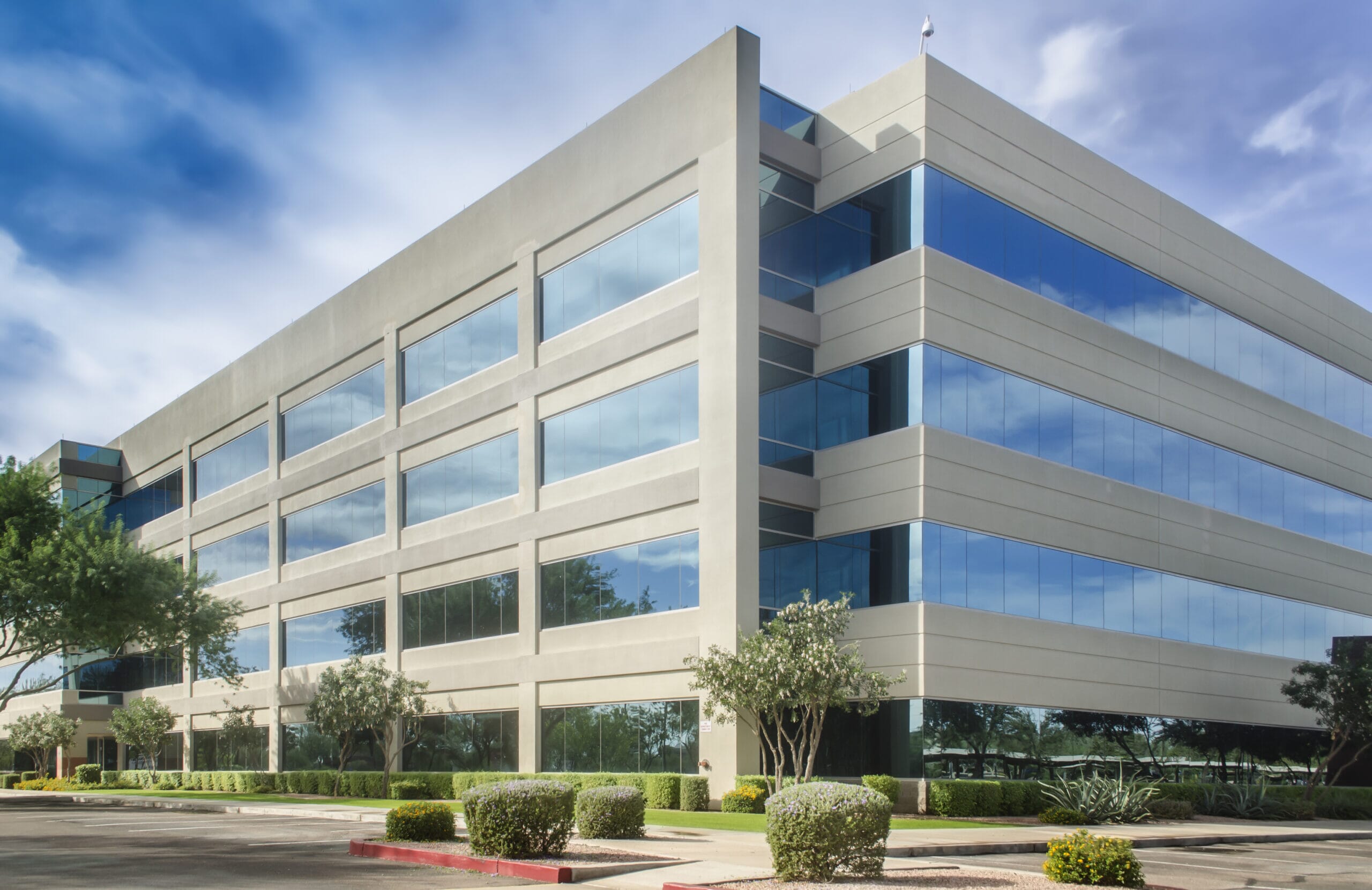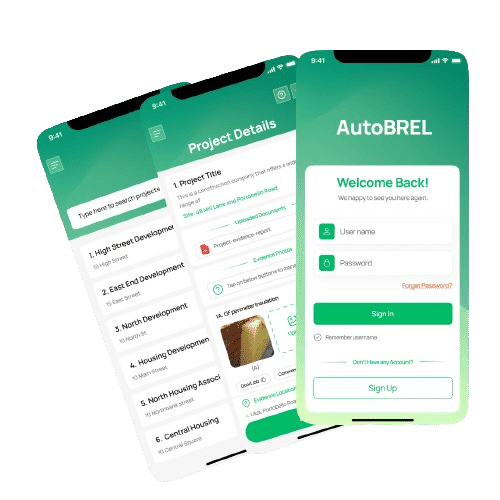
Don't miss out on these BREEAM credits
Regulatory Updates
Don't miss out on these BREEAM credits
With over 250 BREEAM projects successfully completed, our experience tells us which credits you shouldn’t be missing out on. Offering advice at the right time and guidance throughout your project, we can help you achieve credits without over-specifying.
Make the best start to BREEAM 2018 and don’t miss out on these credits:
MAN01 – Project brief and design
The consultation, including defining roles and responsibilities, is often conducted as standard at planning stage and so credits are achieved automatically. The BREEAM criteria can easily be included within the consultation documents and the topics for discussion included within the meeting minutes at no extra cost. This must be completed prior to RIBA stage 2 and must explain how the consultation has influenced the brief.
MAN02 – Capital cost reporting
Reporting the cost for the building in £ per m2 of gross internal floor area is easy and free to confirm subject to client confidentiality. Even if the final capital cost is not known, a best estimate is acceptable.
MAN03 – Responsible construction practices
Monitoring, recording and reporting energy use, water consumption and transportation data is usually done as standard for most sites and if not, it is cost-effective to implement. Responsibility must be assigned to a specific person and monitoring must take place from the start of the build programme of the principal contractor.
MAN04 – Commissioning and handover
Preparing a schedule of commissioning and testing is usually completed as standard for most projects. Completing this in compliance with BREEAM can be achieved at little to no extra cost. All commissioning must be undertaken in line with the appropriate standards, such as current Building Regulations, BSRIA and CIBSE guidelines.
HEA01 – Visual comfort
This can be achieved through building form or by installing occupant controlled blinds. There is a relatively low associated cost and it is rarely not achievable for most building types. The glare control strategy must avoid increasing artificial lighting energy consumption.
ENE02 – Energy monitoring
Installing energy metering system to each fuel type in smaller, less complex buildings is usually straight forward and low in cost to complete but can be costly for larger buildings where a BEMS needs to be installed. Additional sub-metering to high energy load and tenancy areas can be an extra easy win credit dependent on building type.
ENE03 – External lighting
Specifying efficient light fittings, automatic controls and presence detection in areas of low pedestrian traffic is simple to achieve and relatively low cost for most project types.
LE01 – Site selection
If at least 75% of the development’s footprint is on previously occupied land, this credit can be awarded at no cost. Any associated fixed surface infrastructure counts as previously developed land so unless the project is on green belt land this should be targeted at an early stage.
POL04 – Reduction of night time light pollution
External light pollution is usually eliminated as standard by removing the need for external lighting or by limiting the hours it is used with time controls, which can be installed at low cost. The lighting strategy must be designed in line with Table 2 (and its accompanying notes) of the ILP Guidance notes for the reduction of obtrusive light, 2011.
Are your advisors working for you? Energist are independent so our advice is always geared towards the most cost effective solution for you.
- Our team of in house specialists have nearly 20 years’ experience in delivery of BREEAM projects
- We carefully consider all options and guide our clients to gain all BREEAM credits available at every stage of their project
- We know what is permissible and will represent this to LPAs on our clients behalf
- We work to our clients deadlines with evidence feedback guaranteed within 7 days
Get in touch with our BREEAM team for a FREE technical consultation





